Chinese Medicine Nutrition; Spleen Qi Deficiency–Dampness versus Dryness within the Diet
There is no one correct way to eat, no one-size-fits-all when it comes to nutrition. Each of our bodies thrives and is fueled by different things depending upon our constitution, our background, our likes and preferences, pre-existing conditions, as well as our internal and external environment. Yet there are some effective ways to categorize healthy food choices in an attempt to make decisions that will assist the body to become more in alignment. Healthy digestion is truly the foundation for good health.
Chinese medical nutrition offers an outlook that is not only individualized but focused on balance and diversity within our meals. When looking at a person’s diet from a Traditional Chinese Medicine (TCM) perspective, we are always looking for ways to bring this balance into the body. We are looking for ways to optimize the function of the gastrointestinal tract to better digest, absorb, assimilate, and transport nutrients while excreting only what it does not need.
One of the best ways to help maintain a healthy internal environment is to eat a diet unique to your personal needs and constitution. Focusing on boosting your gut microflora to be diverse and resilient will help bring more harmony into your overall system and increase your vitality and health.
This is where Chinese Medical Nutrition shines. It emphasizes a diet;
Rich in vegetables
Broths that are abundant in minerals and herbs
Meals full of diverse foods and colors
It focuses on how food energetically interacts with our body
And how food changes our internal temperature and can ignite a healing response. When we can eat in a way that helps to support our individual health needs and goals, our body responds positively.
In TCM, the Organs are known as the zàng fû and are grouped according to yin-yang pairs and Elements. The yin organs are relatively solid in structure and involved in the production, transformation, and storage of vital substances, and the yang hallow structures are involved in the transportation, transmission, and digestion of these transformed substances. The pair that is associated with the Earth element is the Spleen and Stomach. They are the main focus when speaking of digestive function, as their essential purpose is to transform and transport our food into nutrients, which is the basis of our Qi and Blood. This process of absorbing nutrients from our food and separating the unusable waste matter is the most basic and essential aspect of digestion.
Subhuti Dharmananda, Ph.D. of the Institute of Traditional Medicine, states- “The ideal milieu for their (Spleen/Stomach) functioning is slight moistness for the Stomach and near dryness for the Spleen; that is the exact opposite of their natural tendencies, so the Spleen and Stomach must rely on each other to achieve a state of balance. Otherwise, the drying action of the Stomach may fail to control Spleen dampness, and signs of stagnant water accumulation in the system will arise. Or the moistening quality of the Spleen may fail to nourish the dry Stomach, and symptoms of thirst, voracious appetite, or other signs of Stomach heat will appear.”
The Spleen is the main organ in the production of Qi, deriving it from the food and fluids we ingest, known as Food Qi/ Gu Qi. It then gets further refined into Defensive and Nutritive Qi. As the Spleen and Stomach process our food, separating the impure and pure aspects (called turbid and clear), the Small Intestine plays a role in this division. The impure (turbid) elements are subsequently expelled by the Large Intestine. This particular Qi made from the Spleen, Gu Qi, is the foundation of our Blood. The Spleen and Stomach functions are not limited to only also digesting and assimilating our nutrition, but sensory information and certain emotions as well. The Chinese medical Spleen doesn’t necessarily correlate with its biomedical counterpart, denoted here as the spleen*.
The human body is a very resilient yet sensitive system that is extremely influenced by what we eat and the world around us. Illness and imbalances can happen due to various factors, such as environmental toxins, prolonged antibiotic use, chronic stress, inadequate sleep, allergies, and food sensitivities. Focusing on creating internal balance in the foods we eat is of the utmost importance.
When people are experiencing digestive troubles such as issues with bloating, irregular stools, motility and absorption issues, gas, or even discomfort and pain, there are most definitely underlying issues impacting these Organs of digestion. Other symptoms may be seen as sluggishness, fatigue, food sensitivities, indigestion, or prolapse. All of these signs and symptoms are the body calling out for help. Nutritional counseling, herbs, acupuncture, and moxa are some of the most effective ways to help boost and strengthen the Spleen and overall digestive health.
Numerous patterns can impact the Spleen, the most common clinical one being Spleen Qi deficiency. When the Qi of the Spleen has been compromised along with the ability to transform and transport fluids and nutrients, there can be an accumulation of excess moisture or dampness created. This is an oversimplified explanation of the pathophysiology of the Spleen, as often Spleen Qi deficiency is a pattern of just that, deficiency, where dampness can also be seen as an excess pattern, but often both roads often lead to the same place, dampness— our main focus here today. Some of the main symptoms of dampness can show up as sluggishness, fatigue, or an overwhelming sensation of heaviness.
Learning more about the condition of dampness is a way to dive deeper into realizing that what you eat changes your body, for better or worse. Foods have their own nature that they impart upon our system when we consume them. Damp-causing foods, such as ice cream, tend to weaken the digestive system over time, causing the digestive fire and metabolism to slow. This article though is not about damp being “bad” or dry being “good” for that matter, it's about striking a balance that works for your body.
Chinese medicine is an extensive area of health that recognizes that we are directly influenced by the world around us. We are just as much part of nature as are the trees and rivers, we can learn about the internal workings of our body by observation of the natural world. Just as the trees bend and sway in the wind—we need to be flexible, strong, and firmly rooted. And just as the rivers flow smoothly when without obstructions of rocks and logs, so does your Blood and Qi flow freely throughout the body, and you are without pain when free from stagnation and injury.
There is an old saying, “As Above- So Below, As Within- So Without.” This saying echos the sentiment that we are directly influenced by the world around us, and the same climatic influences observed in nature are also present within us. These “influences,” known as the Six Qi or Pernicious Influences, are common and normal parts of the external and internal environment and cause imbalances when in excess or deficiency.
As Paul Pitchford states, “Most interior conditions described by an Influence are not caused by an exterior climate but are generated by factors of heredity and lifestyle, including diet. For example, the most typical interior conditions of dampness result from overeating rich, greasy food and from a sedentary lifestyle rather than exposure to a damp climate. Nevertheless, any damp disease condition, even if caused by diet, will be made worse by overexposure to moisture in the environment. Thus, one must especially protect against external climates that correspond with those in the body.”
Studying the body and the energetics of food can be forever useful, even if you are not experiencing any current digestive upset. As the ancient text of the Huang Di Nei Jing states, “Maintaining order rather than correcting disorder is the ultimate principle of wisdom. To cure disease after it has appeared is like digging a well when one already feels thirsty or forging weapons after the war has already begun.”
Six Qi –“Pernicious Influences” (Internal Causes of Disease and External Bioclimatic Factors)
Damp
Dry
Heat
Cold
Wind
Summer heat
What is Dampness?
As with most Chinese Medical philosophy—when we are looking at one piece of the body, a certain function, or an imbalance—we look at it in conjunction with the whole system. Everything is interconnected and plays a part in establishing a state of dynamic equilibrium. Dampness is associated with more Yin aspects of the body and its functions. It can accumulate in one’s system from environmental influences, poor diet, improper lifestyle choices, chronic stress, or one's constitution. Also, excessive consumption of damp foods over time tends to weaken the digestive system, and in turn cause dampness.
To give you a deeper understanding of what dampness means, it would be helpful to take a quick look at its opposite- dryness. Dryness signs and symptoms can be seen throughout the body, when in excess can especially dry out the Stomach, but often tends to aggravate the Lungs most. The Lung’s yin-yang pair is the Large Intestine, and these two zàng fû make up the dynamic duo of the Metal element. The Large Intestine obviously is also a very important organ when it comes to digestion— and imbalances here often show up as skin conditions or conditions of damp-heat. Excessive dryness often shows up in people as they age and yin begins to decline, but people are also susceptible to internal dry conditions when exposed to prolonged dry climates, imbalances in the diet, excessive activity, or illness. Symptoms often associated with dryness are not limited to but often manifest as dry eyes, brittle hair, dry itchy skin, night sweats, chapped lips, dry mouth and throat, pebbly or hard-to-pass bowel movement, scratchy voice, or even stiff, painful joints. Eating moistening and hydrating foods such as juicy fruits at the peak of their ripeness such as pears and colorful berries, and other moistening foods such as cucumbers, seaweed, honey, and celery can help counteract some dryness states.
When examining diet and digestion—we are looking for a balance between states of dampness and dryness, and do not want the body to be in excess or lack of either state. When excess dampness is associated with the internal state of the body multiple symptoms can arise, and please know that they are not limited to or consist of every symptom listed below.
Feelings of sluggishness, fatigue, brain fog, grogginess, or headaches.
Loose and/or sticky bowel movements, bloating, easy weight gain.
Chronic infections such as sinus or yeast infections.
Joint pain, other inflammation, and arthritic conditions.
Water retention, swelling, or edema.
Cysts, tumors.
Feeling cold, damp, clammy.
Increased phlegm production, chronic congestion in the nose and lungs, mucus, respiratory conditions, and infections, and possibly allergies.
Skin issues such as rashes, cystic acne, fungal infection, and redness.
Dietary Factors Contributing To Dampness
Dampness in the body is often created by an excess consumption of damp foods. Listed here are some of the most common damp-producing choices. This list is not exhaustive and these foods will impact each person individually, as some people tend to be more prone to dampness within their body than others. If you are noticing signs and symptoms of dampness it may be helpful to cut out some of the listed foods for some time and take notice of how you feel. When making dietary changes it can be helpful to write a diet diary or keep track of food choices along with changes in mood, energy, bowel movements, and sleep.
Cold, raw foods.
Refined sugar and sugar substitutes, processed foods
Cold or iced drinks. Coffee, alcohol-especially Beer.
Rich meats- Such as red meat, pork, and duck.
Deep fried foods or excessive use of oils, especially conventional vegetable oils.
Some fruits and vegetables such as avocado, bananas, peanuts, fruit juice.
Dairy – Such as cow milk, cheese, yogurts, and ice cream. Eggs. Sheep and goat products tend to be considered less dampening.
Wheat- refined flour, pasta, breads, pastries and baked goods, yeast products.
Foods that Help Dry Dampness
Drying foods are used to bring balance to systems overwhelmed by dampness. Being aware of what foods you are eating and observing how they make you feel are essential aspect of participating in this nutritional path.
Eat food and fluids at room temp or warmer. Try not to overeat. Incorporate bitter, aromatic, pungent foods and spices. Lightly cook or steam vegetables, especially ones that may be hard to break down such as dark green leafy vegetables. Soak beans and grains overnight. This helps to activate the enzymes and makes them easier to digest.
Whole grains are a great and nutritious way to bring balance. Things such as rice, barley, amaranth, rye, oats, buckwheat.
Legumes like kidney beans, pinto beans, adzuki beans, broad beans, and lentils.
Vegetables such as celery, corn, daikon, and radish. Vinegar, fermented foods, as well as quick pickles, are great options too.
Lean meats such as chicken and turkey in moderate quantities, and fish such as salmon.
Seeds are another great option, some of the best choices are sesame, pumpkin, and sunflower.
Herbal teas have a plethora of benefits and some good choices are Jasmine, Green, Oolong, or Raspberry leaf.
Many spices can also help you with this task of drying dampness. Think of things such as cloves, ginger, black pepper, cardamom, caraway, cinnamon, nutmeg, thyme, turmeric, basil, garlic, horseradish, cayenne, oregano, and parsley. Many of these herbs will also help to boost digestive function and Qi of your middle. Note that spicy foods are not for everyone and can aggravate certain conditions.
Drink ginger tea/ or digestive bitters 15 minutes before meals to help improve digestive flow.
Exercise regularly with moderate exercise. Remember to stretch and take conscious deep breaths.
Ways to Boost Spleen Health and Digestive Function
As previously mentioned, two key organ systems involved in digestion are the Spleen and its yang counterpart, the Stomach. Together, they establish the Earth-element connection in our body. A harmonious and balanced Spleen contributes to optimal digestion, regular bowel movements, and effective weight control. The Earth element flourishes in an environment of regularity, security, and calm. To support the Spleen, it is advisable to consume warm, nourishing foods at consistent intervals throughout the day. Irregular eating habits, excessive compulsive eating, inadequate protein intake, and the consumption of cold, raw foods can potentially harm the Spleen, leading to deficiencies in Spleen Qi and compromised digestive functions.
Other than choosing foods that best support your current state due to their energetic nature of being damp or dry, things to take into account is asking yourself how does this food make me feel after I eat it? Intuitive and mindful eating is a big step towards cultivating a healthy relationship with food. The Spleen also thrives with a regular sleeping schedule, and not to say that you can't be spontaneous or go to that late-night dance party, but the more routine your day-to-day is, the easier it will be for the Earth element to feel settled and harmonious. It likes connection and enjoyment and a free flow of Qi in the body. Qi Gong and Tai Qi are great activities to incorporate that nourish this aspect of yourself. When focusing on ways to help boost Spleen's health, listed below are a few great ways to start.
Practice Joy
Enjoy your food! Try to cultivate a good relationship with food and eat when you are hungry and stop when you are full. Carve out time in your day to prep, cook, and sit down to eat by yourself, or share a meal with a loved one. Take time to express your gratitude for having access to healthy food and enough to eat, and if you can please share extra food with community members that are in need.
Relax
Try to eat in a calm and relaxed manner. And do not mix eating with work, watching TV, driving, or reading. It is also important to relax your posture, and your mind, so as not to hinder the passage of food through your body.
Chew well
Along with cultivating a good relationship with your body and your food, taking time to slow down and chew thoroughly will not only help to increase mindfulness about this experience but will help boost digestive function. Well-chewed food is easier to digest and can increase your nutritional intake.
Stay Hydrated
Drink pure or filtered water and stay fully hydrated. Use electrolytes to help out when needed. Luke warm or room-temperature water is best.
Think of Warm or Neutral Foods
The Spleen tends to dislike too many raw and cold foods, especially on an empty stomach as the digestive process needs warmth. Note that this varies from person to person as well as geographic location. People living in warmer and more tropical environments may be less prone to imbalances due to too much cold and raw food. Many benefit from drinking a warming tea or broth before indulging in raw salads and juices, especially in cooler climates.
Eat Larger Meals, Earlier
The Chinese Medicine Organ Clock describes the flow of Qi throughout our body. It neatly lays out the area of the body and Organ System in which the Qi is most active during that time. It rotates in 12 two-hour intervals within the course of the day. This theory teaches us that the Organ Systems associated with digestive function are most active in the early parts of the day. Having breakfast be the largest meal makes sense as this is when the Large Intestine, Stomach, and Spleen are most active, a medium lunch and a moderate dinner can help you follow this progression of energy throughout the day. This allows your system to have time to naturally slow down and focus on other physiological processes while you wind down and eventually sleep.
Eat at Regular Intervals
The Earth element loves regularity. It doesn’t want to stress about the unknown. It thrives with three regular meals spaced throughout the day. Suggestions to eat snacks that support your health goals, eat breakfast before caffeine, and avoid eating too late in the evening can also help support your Spleen.
Rest Up
Prioritize sufficient rest and sleep, recognizing that it is essential not only for your body but also for your mind and soul. Balance physical rest with spiritual, mental, social, creative, emotional, and sensory rest. Consider reducing screen time, participating in invigorating social activities, and discerning when to halt excessive overthinking.
Wear the Color Yellow
Yellow is the color that resonates with the Earth element and helps to strengthen your connection with your digestive center. Wearing this color family can help support your connection and strengthen digestive function.
Simple Recipes to Support Health
Congee- This simple and eloquent rice porridge is a staple in Chinese Medicine diet cuisine. It can be modified in numerous ways to become more therapeutic and beneficial for the condition or constitution the individual is working with. There are many recipes and variations to try. Herbs, spices, and other ingredients can be added to make it more moistening for the body or more drying for example.
Golden Mylk- Golden mylk is a delicious and tasty way to help warm up the body, boost the digestive Qi, and also get some delicious herbs into the system. It is basically an herbal elixir with ginger and turmeric as the base. It can be modified with various herbs and spices.
Herbal Bone Broth- This nourishing liquid is amazing for balancing Qi and helping to repair the gut. Bones such as beef or chicken, are roasted for about 15 minutes and then simmered for hours with herbs such as garlic, ginger, onion, astragulus, ginger, and tangerine peel. It is so tasty and versatile in its uses! Use as the base for soup, rice, or beans, or sip as tea.
Further Reading Options
Essential Tastes- This book focuses on how we can impact our body from eating according to the Five Flavors.
Chinese Nutrition Therapy- This book is really a must-have for diving deeper into Chinese Medicine nutrition and diet philosophy.
Sources
Dharmananda, S. (n.d.). The Spleen/Stomach views from the past. The 5 organs network of Chinese medicine – spleen/stomach. Retrieved February 3, 2022, from http://www.itmonline.org/5organs/spleen.htm
Pitchford, P. (2009). Healing with whole foods: Asian traditions and Modern Nutrition. North Atlantic Books.
Wu, X.-N. (1998). Current concept of spleen-stomach theory and spleen deficiency syndrome in TCM. World Journal of Gastroenterology, 4(1), 2. https://doi.org/10.3748/wjg.v4.i1.2
Ni, M. (1995). The Yellow Emperor's Classic of Medicine: A new translation of the Neijing Suwen with Commentary. Shambhala.
*Note that all Chinese Medical Organ Systems (ie. Spleen) will be identified with a capital letter and the western physiological organ with a lowercase (ie. spleen). The Spleen correlates more with functions of the pancreas than it does with the spleen and its' immune system functions such as the production of white blood cells.
*Disclaimer- These statements are not intended to treat, diagnose, cure, or prevent any disease, please check in with a well-versed healthcare practitioner to see if these choices are right for you. All substances mentioned above may be associated with mild side effects depending upon your constitution, so like with any herbs use with caution and make responsible choices.
This article was written by Lenore Cangeloso LAc. MSAOm. Owner of Wild Earth Acupuncture based in Portland, Oregon. Lenore is a “life enthusiast” and is constantly humbled and grateful to practice Chinese Medicine and Herbalism. She is a dedicated and skilled practitioner that strives to help people achieve an optimal state of well-being. Want to know more?! Connect with her via Instagram @wild_earthacupuncture
WANT TO LEARN MORE?
STILL HUNGRY?
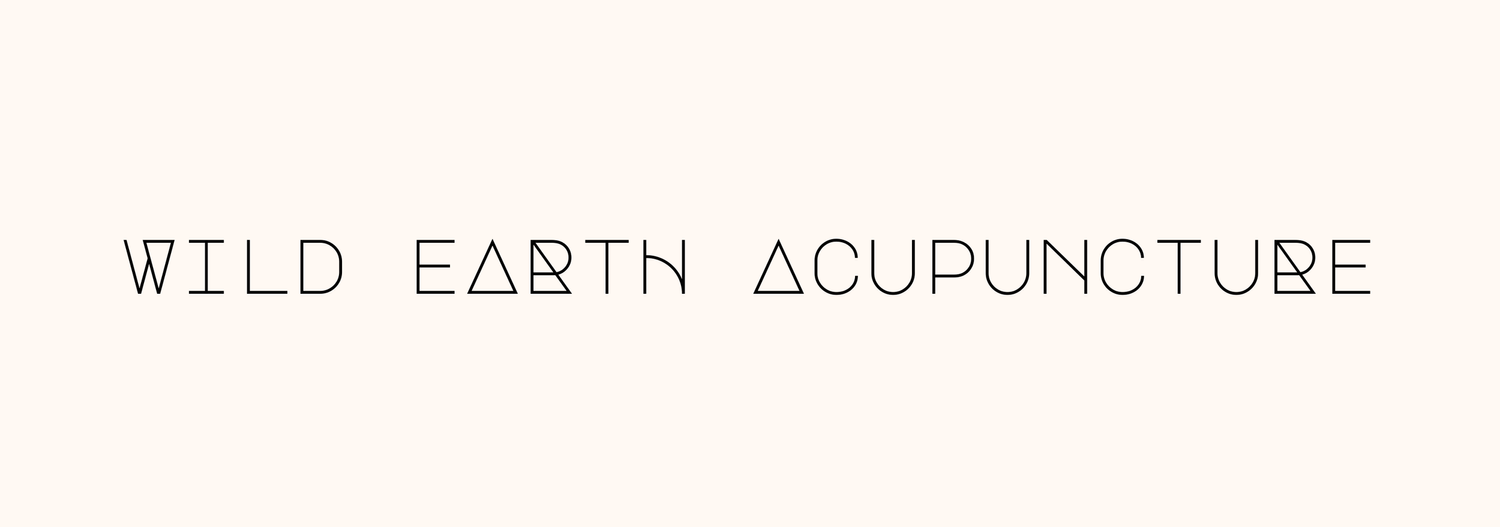
































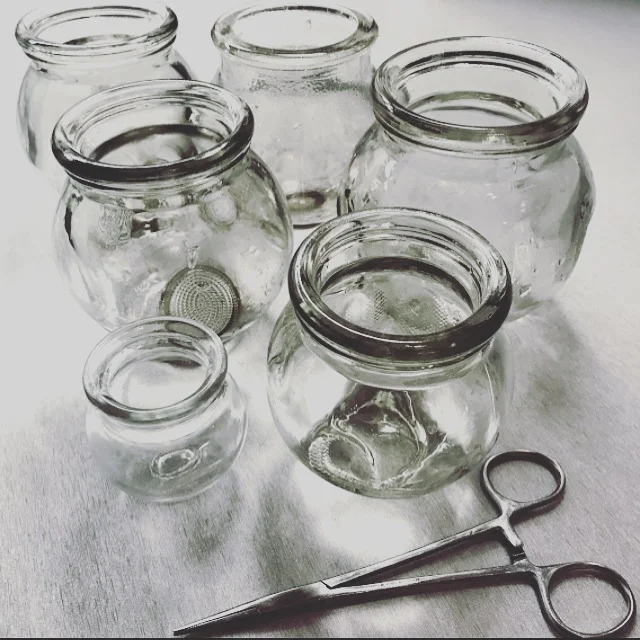

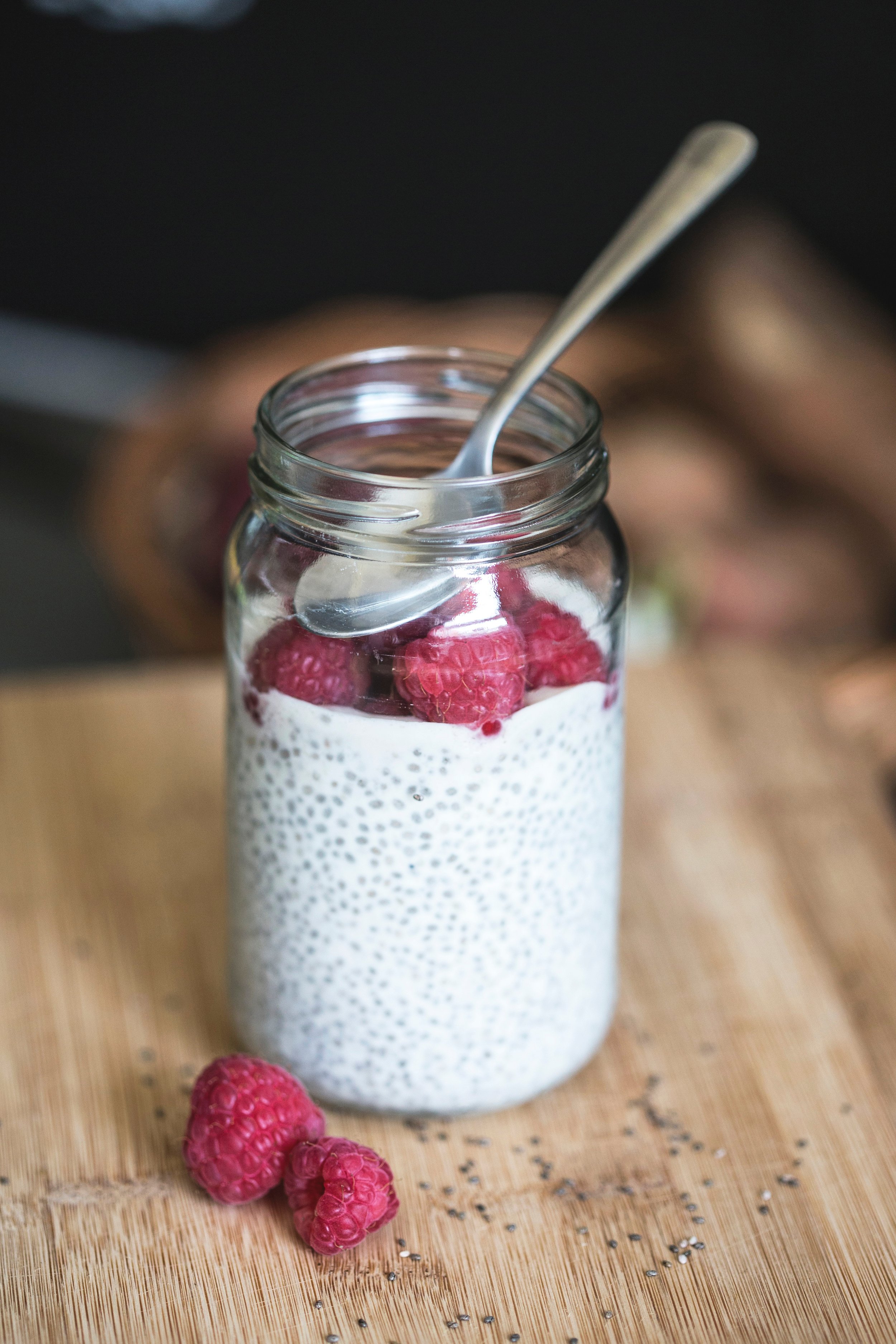












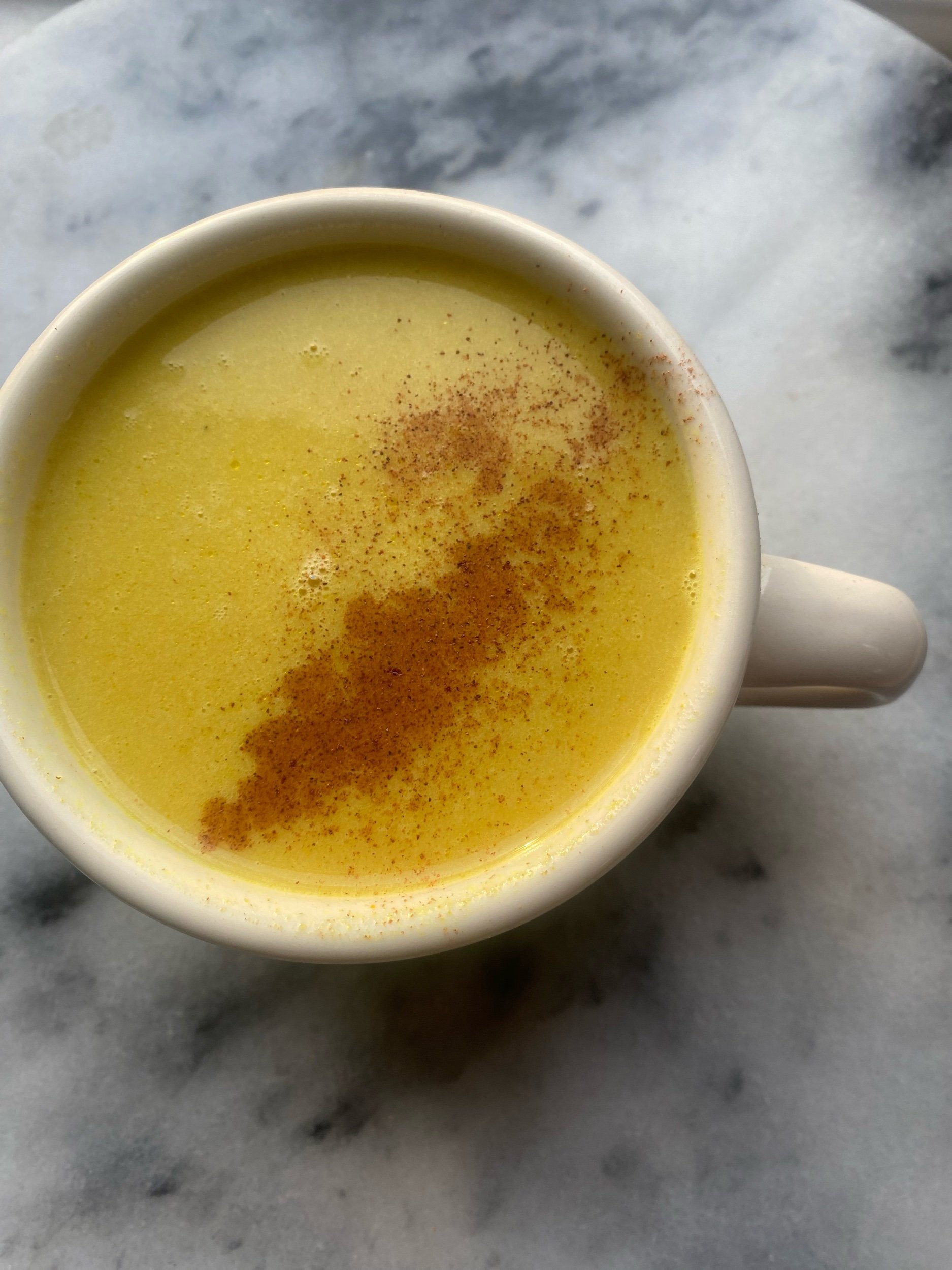

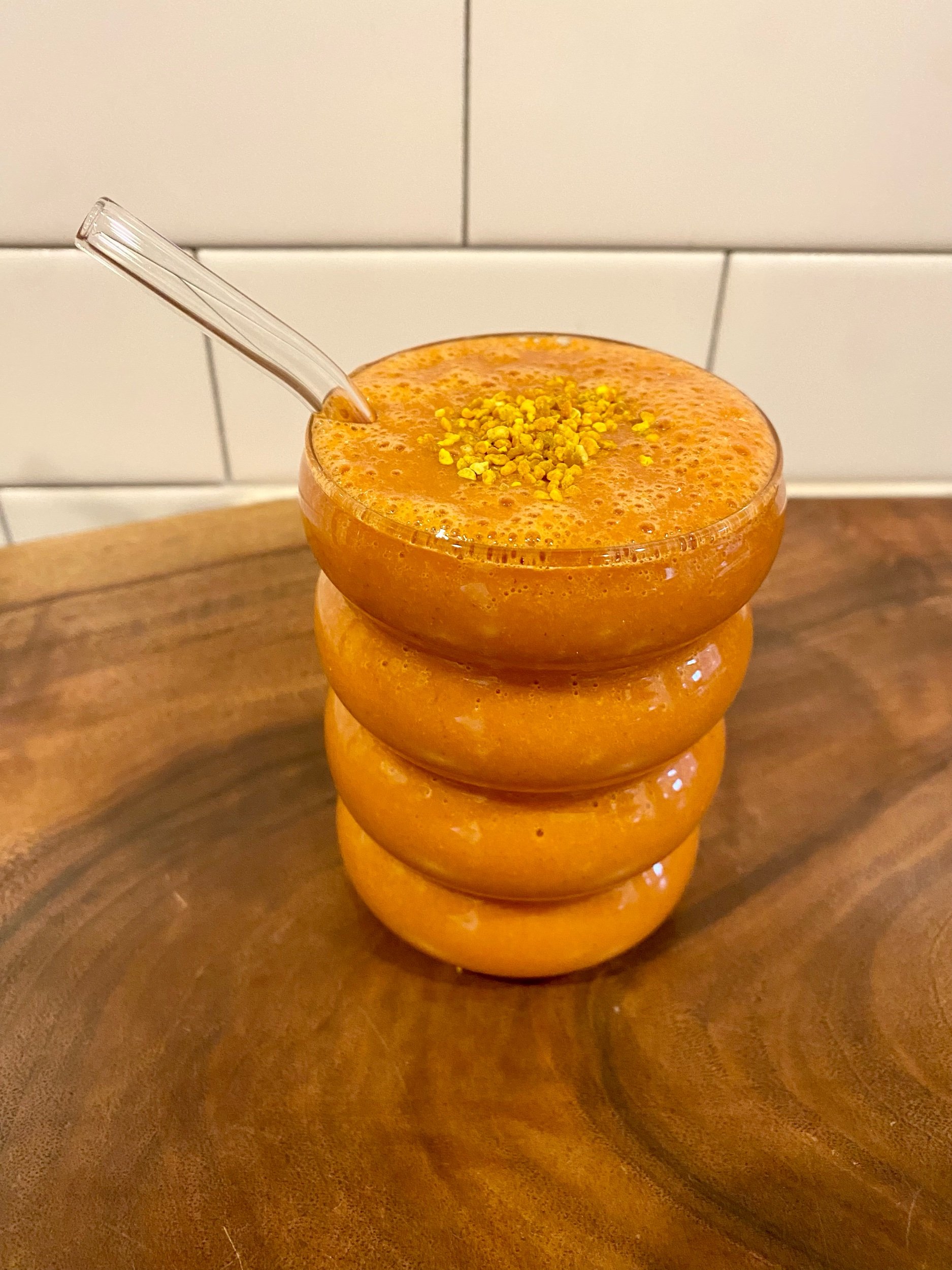
These foundational books offer a clear and accessible path into the world of Acupuncture and Chinese Medicine. Whether you're studying to become a practitioner or simply curious about the theory behind the treatments, these titles will deepen your understanding and appreciation for this ancient healing system—one thoughtful page at a time.